Zwift with a mountain bike – Are we for real? Yep. While riding indoors will most likely always take second place behind the crunch of leaves under your tyres, there are a ton of benefits to be gleaned from retreating into your #paincave – especially at certain times of the year. With grim weather howling outside, winter’s shorter days, and a lack of time being three key reasons, here’s our guide to how Zwift can work for mountain bikers.
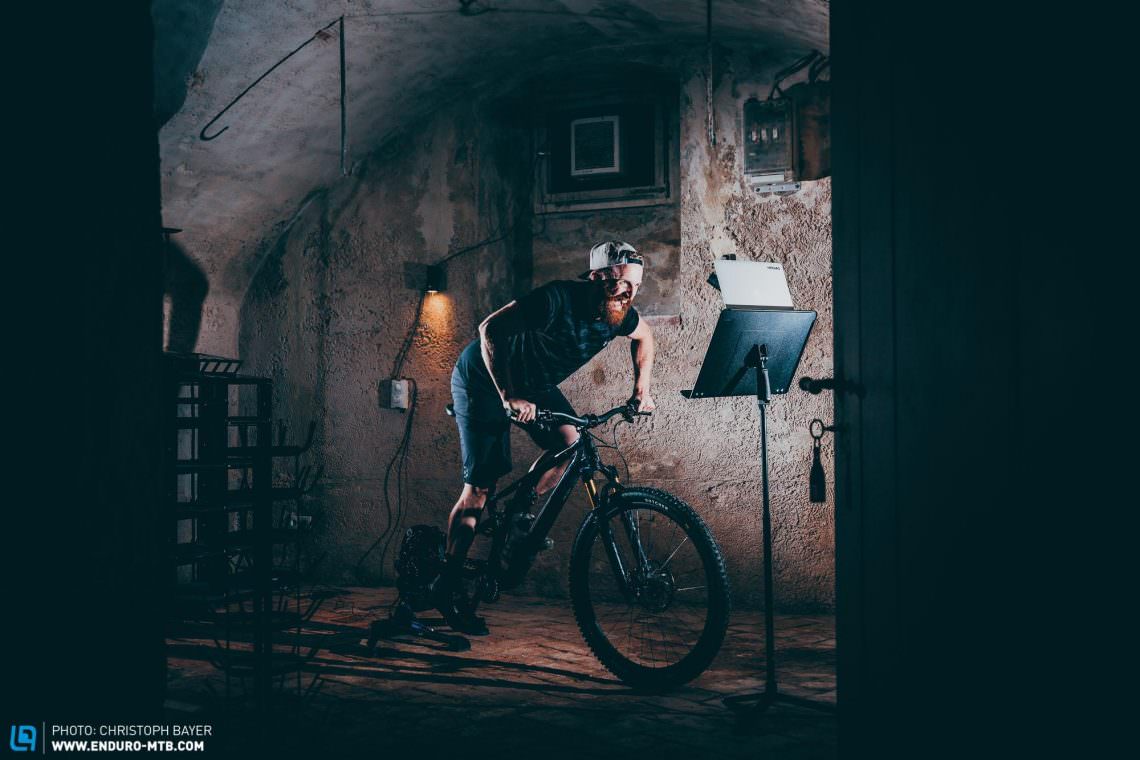
Often get dropped on the long climbs? Want to start the 2021 season as your fittest ever self? Maybe even pin on a race number? There’s only one solution: get training. But, you might be crying, it’s winter! It’s cold! All the best routes are too far away or covered in snow! Plus, you know, work and family commitments! Tough times, but there’s a way around of these limiting factors and it goes by the name Zwift.
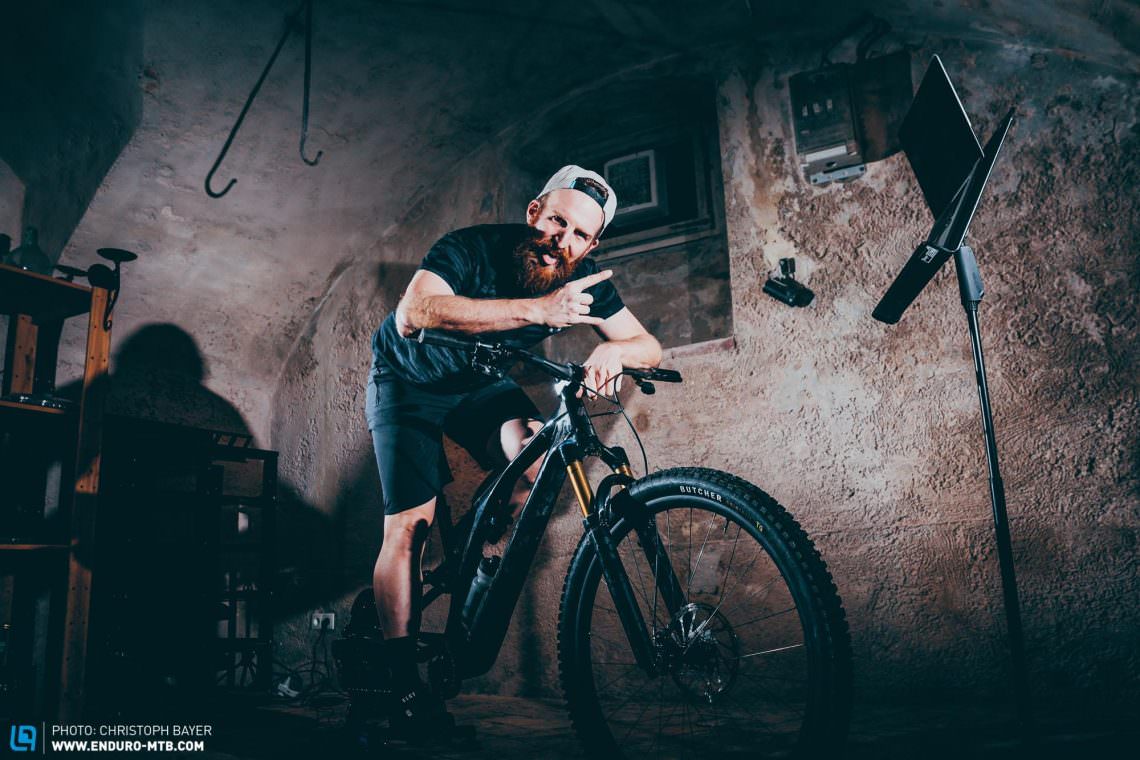
What even is Zwift?
For those who haven’t heard of Zwift, we can only begin to imagine how long it has been since the thought of indoor training passed your mind. Forget rollers or basic turbo trainers, Zwift is the platform that everyone’s using these days. You sign up, connect your smart trainer, and ride around virtual worlds – Watopia, France, Innsbruck, New York, and London, for now, clocking up distances and collecting points. Those not into the in-game competition – an ever-growing aspect of the platform – can focus solely on their training. In its playful form, Zwift puts community first, bringing the cycling scene to your home, by combining structured training with smart gamification. Need proof of the impact it’s having in cycling? Early December witnessed the first-ever official UCI eSports World Championships, which saw a head-to-head between pro cyclists and avid Zwift racers, including the Elite Men’s winner who happens to be an Olympic rower. What did we say about gamification? Knowing when to drop a power-up helps.
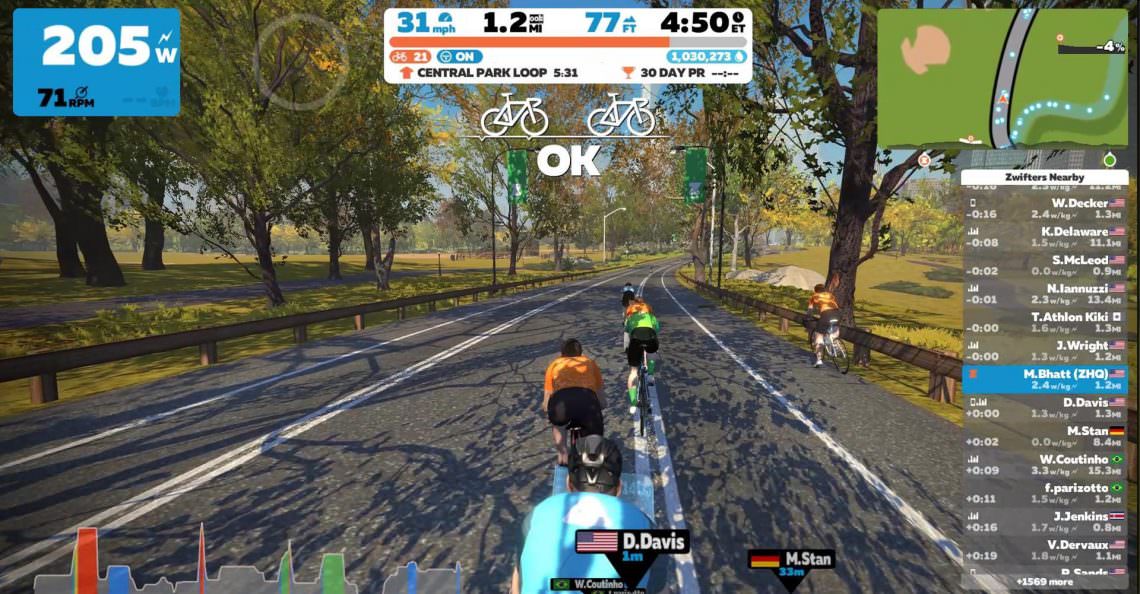
So, why would I use my MTB on Zwift?
We know that baseball players don’t practice with golf clubs, so there’s no mandate dictating that we must switch out our fatter tyres for anaemic roadie ones to train. After all, the change in position on the different bikes activates different muscles, you adopt a riding position that you’re not used to, and don’t even start us on bar position and bike handling. Climbing on a road bike is usually a more consistent affair; tap out a rhythm for as long as the climb lasts. On an MTB, the demands are different – steeper, shorter, more intense gradients, where your rhythm is constantly broken up and tested. While training on a road bike is definitely a valuable pursuit for mountain bikers, there’s a lot in favour of sport-specific training too. This is why Zwift have developed gravel and mountain bike specific workout series, which cover 6–12 weeks of sessions to whip you into better form.


What do I need to use my MTB on Zwift?
First of all, you’ll need a suitable smart trainer. We’ve been using the Wahoo KICKR 5 without complaint so far, which our sister mag GRAN FONDO has tested here. Wahoo make sure they offer an XD freehub, although some trainers are only fitted with a classic HG freehub body. If you plan on using a modern 12-speed MTB, you’ll need to check the trainer’s compatibility for a Boost rear end – and if it’ll fit a 12-speed cassette. When it comes to hubs: the SRAM NX cassette does not have a 10-tooth sprocket, but it is mounted on an HG hub so that’s one way around that. If you’re riding a full-susser, pumping your rear shock up to the maximum pressure and activating the lock-out will help eliminate any bob on the trainer.
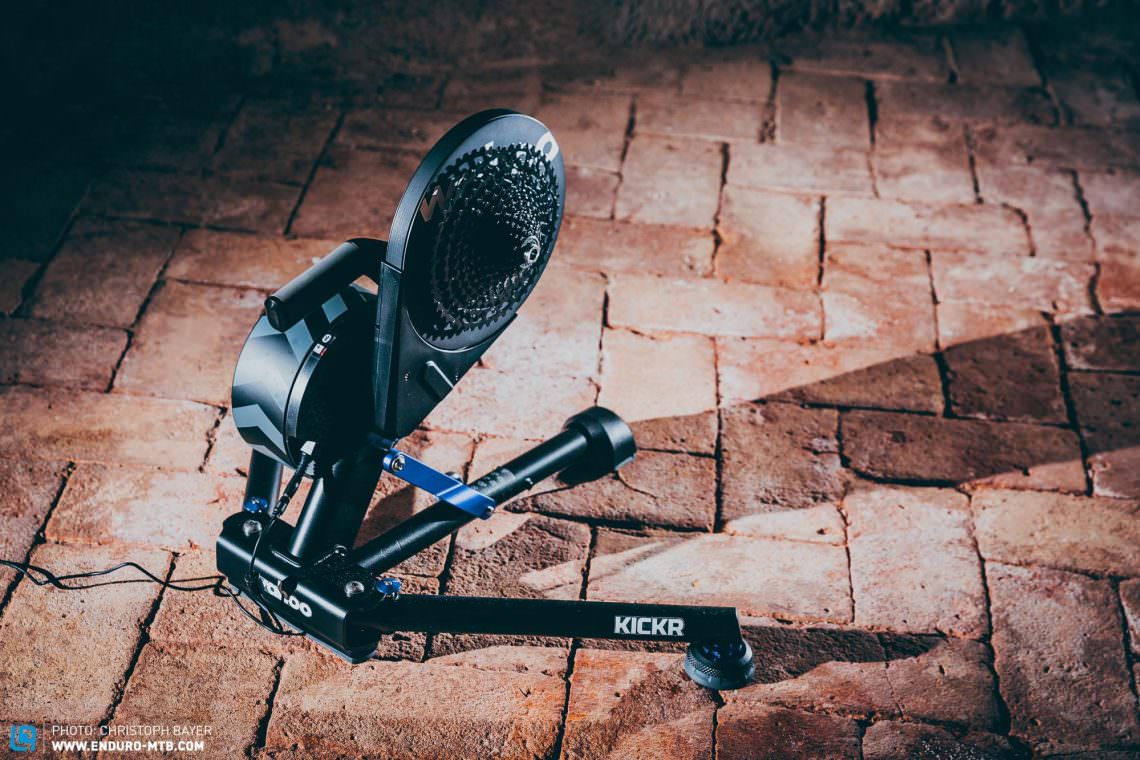
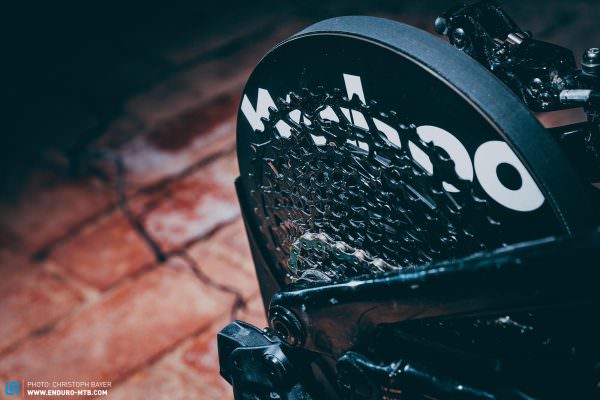

To ride the 2-kilometre Repack Ridge on Zwift, you’ll need to navigate your way off the tarmac using the free Companion App, which means that a bar mount for your phone will come in useful. Check out this in-depth guide to the best on the market done by our sister mag E-MOUNTAINBIKE, and rest assured that you can get away with a cheap model for this indoor purpose. Depending on the surface of your #paincave, it may be worth investing in a sliding pad for your front wheel. Plus, you’ll appreciate having a towel and fan in close proximity.

What you and your MTB need to Zwift:
- Smart trainer – we recommend the WAHOO KICKR5
- Compatible freehub or SRAM NX cassette
- Laptop, tablet or smart TV
- Shock pump
- Smartphone with the ZWIFT Companion App
- Towel
- Bar-mounted phone holder
- Front-wheel rest
- Fan/s

How much does it cost to train on ZWIFT?
Those who already own a smart trainer will only need to shell out € 14.95/month for membership. For the rest, the initial investment for a smart trainer is around € 700–1200, but fortunately, our other sister mag GRAN FONDO has already done the graft to find out which of the many different models is truly worth the big-ticket.
More tips for indoor training
Expect to sweat. Position your indoor training set-up as close to an open winder as possible and put a fan in front of your face and chest if possible. Excessive heat causes a heart rate shift so it might feel harder than usual. On the same note, staying hydrated in key, making sure you replenish all the lost fluid.
Not all bikes are officially authorized for use on home trainers – if you have any doubts, check with the manufacturer.

Zwifting on an MTB – should I try it then?
Bad news. We’ll be honest: our home trails are currently riding way to well to neglect them, and this glorious sun is yet to send us inside. We simply haven’t used Zwift that much yet – on the occasions that we have, the Repack Ridge has been great fun but we’d question its legitimacy as the reason to take out our back wheel and do the whole trainer set-up. However, for those who want to add structure to their training, Zwift is brilliant. The interactivity makes the suffering feel much more bearable, and the social aspect adds serious motivation. Our resistance is waning as well: over the coming weeks, we’ll be working through Zwift’s Dirt Destroyer training sessions and will report back on our progress.
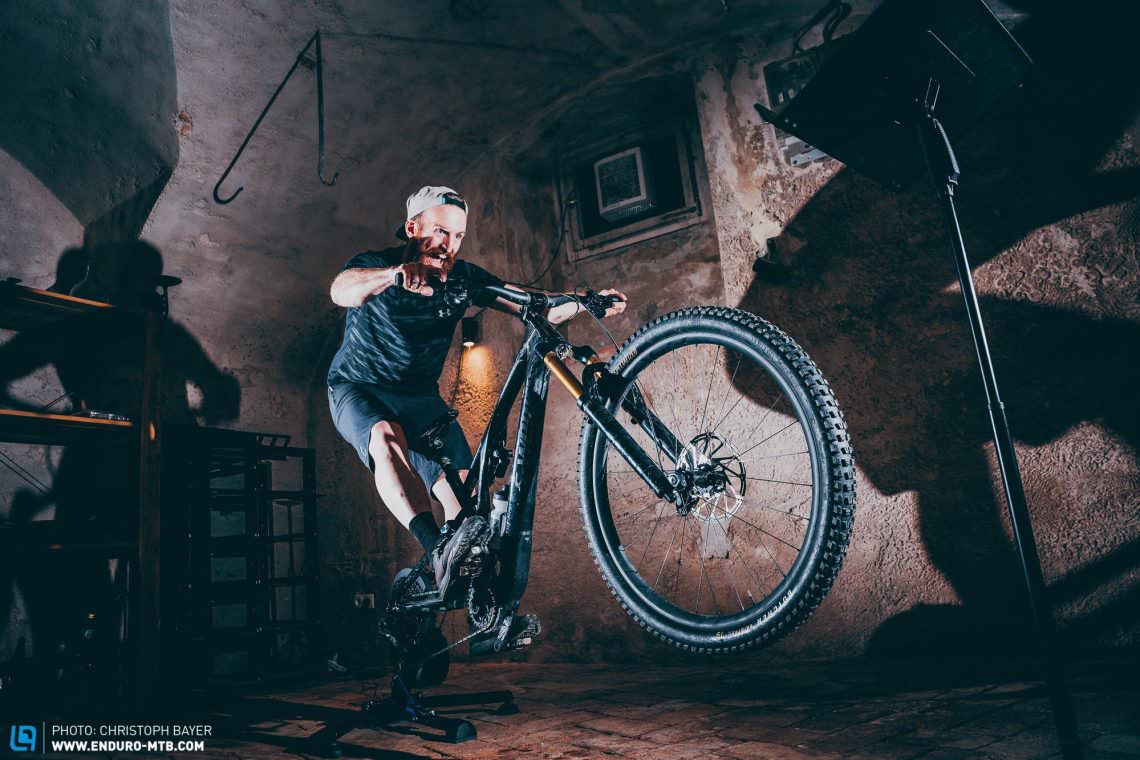
Check out Zwift.com for more information.
Did you enjoy this article? If so, we would be stoked if you decide to support us with a monthly contribution. By becoming a supporter of ENDURO, you will help secure a sustainable future for high-quality mountain bike journalism. Click here to learn more.
Words & Photos:









